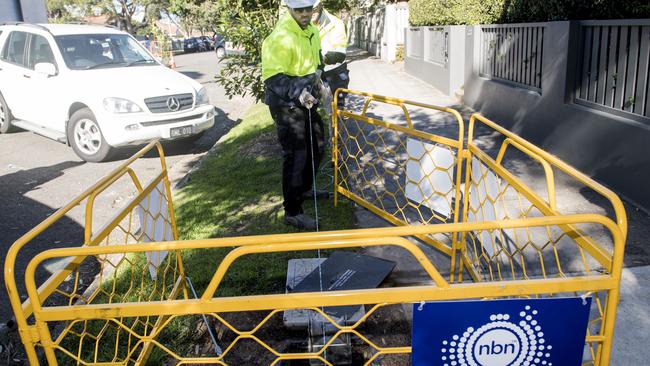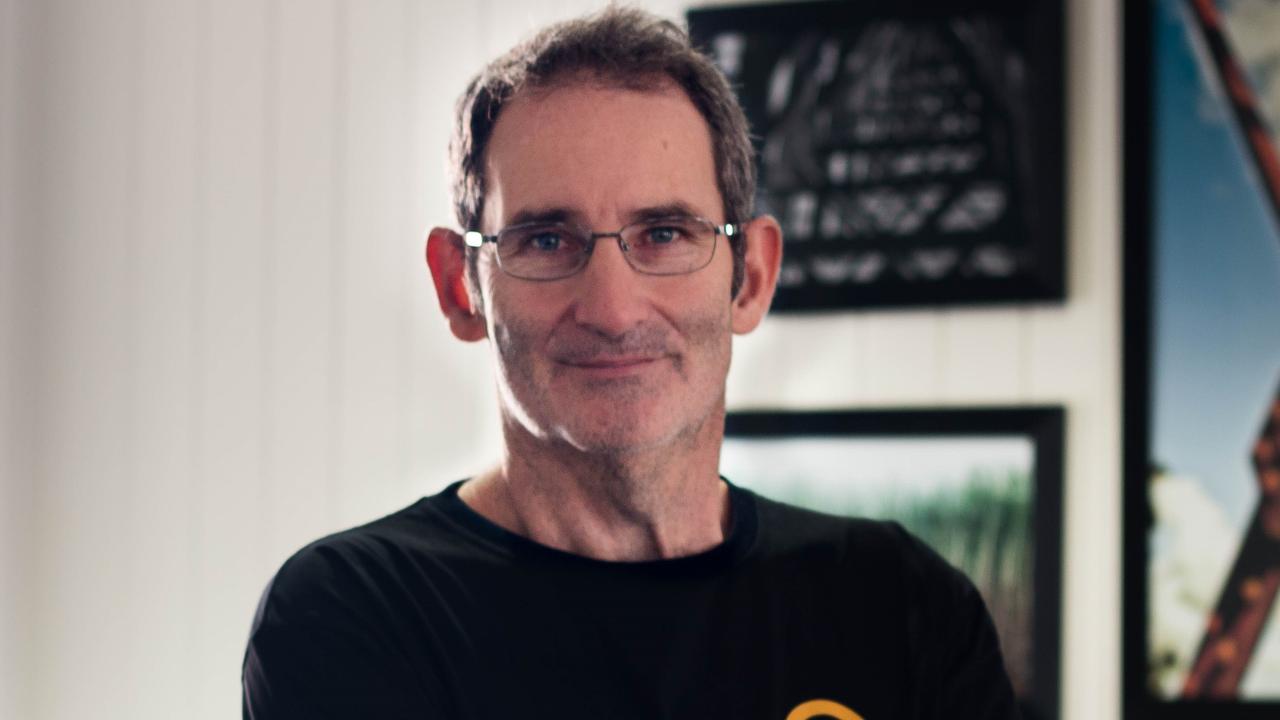Take Telstra’s NBN claims with pinch of salt
The telco would have migrated its 20th century wholesale monopoly and retail oligopoly to the 21st century broadband versions

Ah memories. Whether flawed, inadvertently fake or deliberately faked, and (very) occasionally accurate, what would we do without them?
During the week, Telstra chairman John Mullen took us back to a world which, even just a dozen or so years on, is hard to remember ever existed and those that can remember might justly wonder will ever return.
It was our down under version of “God’s in his Heaven and All’s right with the world”.
John Howard was in, mostly, Kirribilli House; Peter Costello was sitting on his budget surpluses and staring gloomily and enviously and pondering whether he could, so to speak, walk across the water; bank depositors actually got paid a reasonable rate of interest, property buyers in turn paid an appropriate rate, for a house at a reasonable price…
… oh yes, and a mobile phone was, well, mostly, just a mobile phone, if it wasn’t a walking, talking minicomputer BlackBerry. But the iPhone (and its Samsung clones) was yet as then, still just the, well, “apple” of the late Steve Jobs’s eye.
But the “Three Amigos” were gearing up to propel all 23 million of us, as it was then, deep into the 21st century. Not the original “Three Amigos” of the “unwoke” Hollywood — Steve, Martin and Chevy — but our three: then Telstra chief executive Sol Trujillo, and his two “right-hand men”, Phil Burgess and Greg Winn.
As Mullen put it this week, Telstra — and the other telcos — would have built a National Broadband Network for a “fraction of the cost ($50bn) of the NBN”. Indeed, the Telstra of the “Three Amigos” made a specific offer to the Howard government to do it for $4.7bn.
Ah, if only Howard and Costello had accepted, how different the last dozen or so years could have been. No NBN jotted up on the back of a drinks coaster between PM Kevin Rudd and communications minister Steve Conroy during a VIP flight.
Maybe even as a consequence then, no PM Julia Gillard, or Tony Abbott, Malcolm Turnbull and Scott Morrison; or at least, not to the timing and in the order at which they did come tumbling out of the Canberra maw.
But then, maybe not. To slightly rework Tolstoy’s aphorism about unhappy families: each of our dysfunctional PMs has been dysfunctional in his, and in one case, her, own way. And all, quite determinedly and even deliberately so.
Well, the good Telstra chairman was dreaming, on so many levels. What the Telstra of the 2000s “offered” to build was not an NBN but a “Telstra capital city broadband wholesale monopoly and retail near-monopoly”.
Mullen said that Telstra, Optus and TPG could have built the NBN. Four or so days later I’m still impressed that he actually got those words out, with his tongue lodged so firmly in the cheek.
So-called “left to the market”, Telstra and Telstra alone would have built the network, for precisely the reason NBN is paying Telstra tens of billions of dollars — to use its “network of exchanges, fibre, ducts, pits and pipes”.
Telstra would have very effectively migrated its 20th century wholesale monopoly and retail oligopoly dominance to the 21st century broadband versions. Indeed, it would have made its retail position dramatically stronger and fed that dominance into the mobile space (voice and data) as well.
Give Howard and Costello credit for knocking it back. Give Rudd and Conroy credit for committing to a government-owned wholesale monopoly. Albeit, qualified credit: they committed to their own fantasy of the all-fibre NBN.
It is important to note, both in terms of the huge advantage that would have been gifted Telstra and the actual physical “quality” of what would have been built, just exactly what Telstra was proposing.
To build fibre-to-the-node (FTTN) and only FTTN and only five mainland capital cities (no Adelaide) and even then only to the high volume, high density parts of those cities. The government “could” have built the rest and covered the tens of billions of dollars of user-subsidies that would have been required, while Telstra lapped up the cream, with a bargain basement third-class NBN network.
But equally, how would we have been with the Rudd-Conroy all-fibre fantasy? We would still be trying to build it, at a probable cost approaching $100bn and a completion date not far short of 2030; and all into a world of iPhones, Samsung clones and ubiquitous 5G — all unanticipated even 10 years ago.
It’s a cautionary tale on both alternate futures.
To have allowed Telstra to cheaply maintain its dominance — and the lush margins that would have flowed — in the fixed telco and broadband space would have given it the customers and the dollars to have dominated the mobile broadband space, as it moved from the then budding 3G of the early 2000s through 4G and on to 5G.
Equally, to have so committed the taxpayer to that massive overinvestment in fixed broadband would have left it even more vulnerable to being competitively shredded by the emerging mobile broadband.
At least, we got this more practical and, despite the “gigabyte geeks”, functional fixed NBN much cheaper than the all-fibre fantasy would have cost and we got it eight to 10 years faster so that it generates revenue.
We now need to make it work in business terms — reducing the cross-subsidy from high volume capital city users to the rest. And we can then progressively make it worker better in technical terms by building out fibre.
The salutary lesson of all this is to be a little more humble about predicting the future — especially when you intend to commit tens of billions of taxpayer dollars in the absolute faith of your prediction.
Like, on another front, the $55bn (probably more like $80bn or more) on the submarines, with last to arrive in 2055, give or take a decade or two.
Hmm. It’s a decision which probably guarantees Turnbull the premier position, above even Rudd, in the pantheon of our worst-ever PMs.



